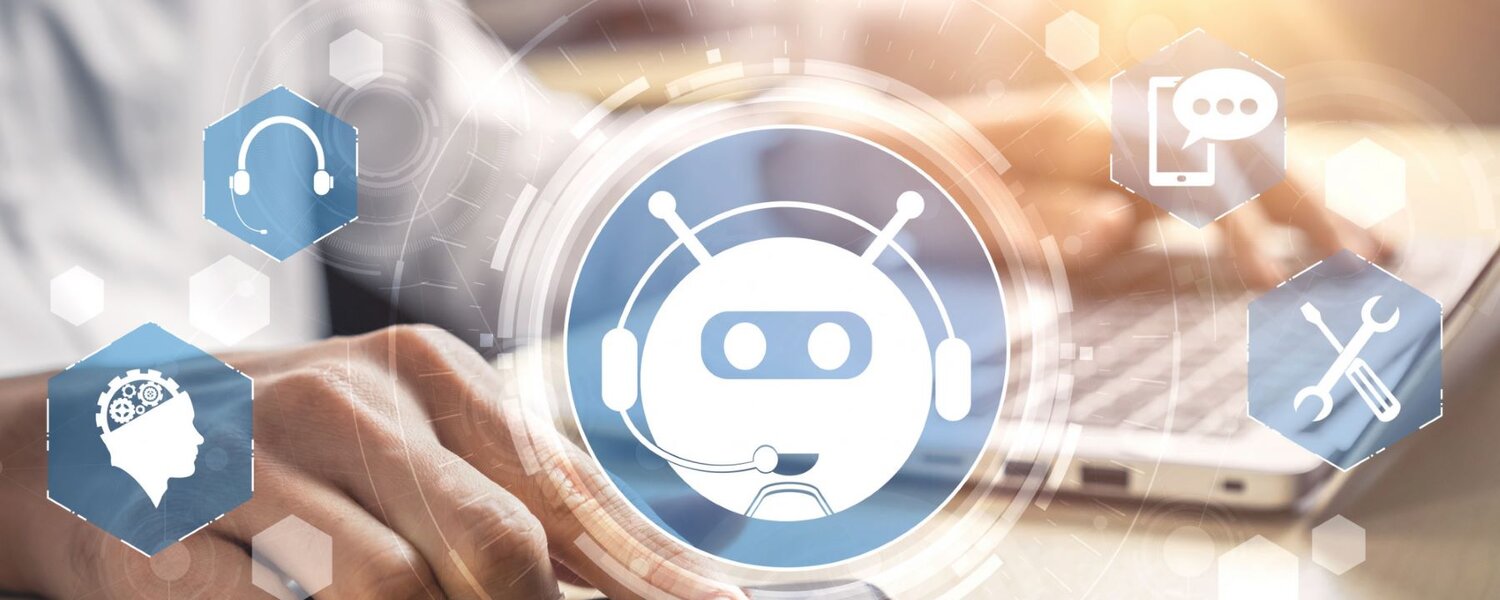What are the different types of chatbots?

Reading time:
minutes
Chatbots simulate intelligent conversations using rules or artificial intelligence. Whether written or spoken text, users interact with chatbots in real time.
At the moment there are three types of chatbots
Menu or button chatbots
This is the most basic type of chatbot. Most often, they are decision tree hierarchies presented to the user in the form of buttons and menus. Similar to automated phone menus, these bots require users to make multiple selections to get closer to the final answer. A rule-based chatbot is the most commonly used variant. The graphical interface is guided by preset rules. A user selects answers and the chatbot steers them in the right direction.
Keyword-based chatbots
These types of chatbots recognize what users type or say and follow the keywords they choose. In this way, the bots independently determine how to deliver the best possible answer to the end user.
Contextual chatbots
Chatbots that use machine learning and artificial intelligence are called contextual bots and are by far the most advanced. Using machine learning and artificial intelligence, these chatbots store conversations with users to learn and grow. Contextual chatbots are intelligent enough to evolve and improve on their own. Conversation bot applications learn on the fly.
All variants enable customer support and sales teams to respond to customer questions in real time.
Example chatbot
What is a chatbot used for?
Chatbots respond to user input and help customers achieve a desired outcome. For example, chatbots act as virtual agents for various business units, including social media, customer care, marketing, and sales. With a chatbot, a customer can ask questions and receive an immediate response, or they can sign up for a contact list. This efficient, streamlined approach creates a better customer experience and guides customers through the buying decision process in an automated way. Some of the best examples are provided by the largest e-commerce sites in the world, such as eBay and Nordstrom. Even in the highly competitive travel industry, it's difficult to stand out from the crowd. Dozens of websites offer booking options and have a hard time catching the attention of potential customers. Visitors who enter a website and then quickly leave are a common problem in this industry. Expedia, Lufthansa and Airbnb are all aware of this problem and have installed chatbots because of it. The fashion and beauty industries have also developed sophisticated shopping experiences and a lot of additional content for their customers. Personalized in-app shopping experiences have proven to be the right choice for brands like Tommy Hilfiger and H&M. Chatbots are also in focus in the banking industry. A chatbot can support a bank's digitization efforts while creating employee benefits and cost reductions. Reducing queues in bank branches is also a benefit.
Conclusion
Chatbots are not a standardized technology. How the chatbot works depends on the tasks it is designed to perform. They are dramatically changing the way businesses conduct sales and customer experiences. Although the technology is still young, it can be of great use thanks to the development of AI and machine learning. Many businesses have already realized the potential of chatbots. Retail, e-commerce and travel providers are just some of the areas where chatbots are seeing their breakthrough.
Here you can see all the articles in the blog series "Do chatbots own the future? An introduction to the chatbot world"
- What is a chatbot?
- What types of chatbots are there?
- Where does a bot find its application?
- Installing a chatbot - these options are available
- Why everyone should install a chatbot
- Chatbot Guideline

